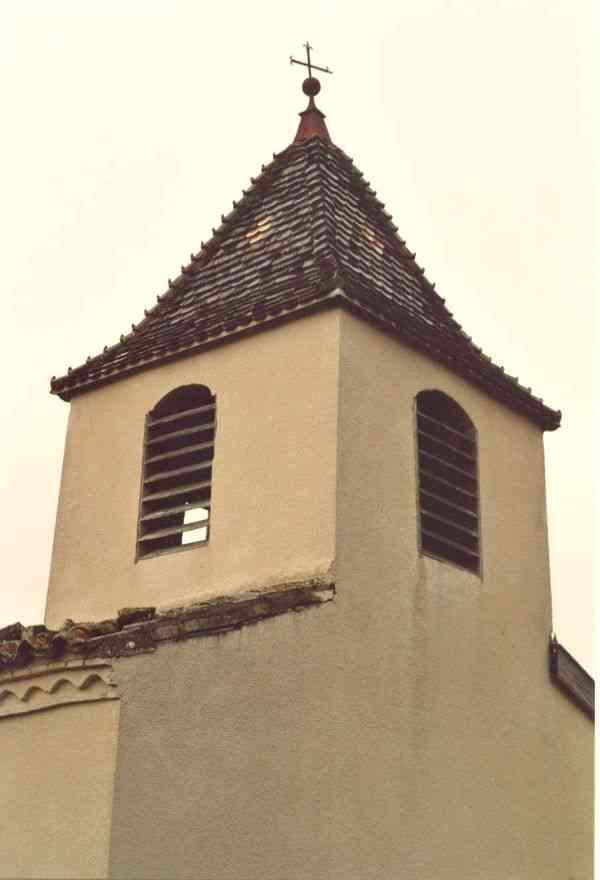|
|
|
In 1629, in front of the plague which ravaged the village, the inhabitants
of Chiroubles decided the foundation of a chapel. The priest,
messire Mestrat, having withdrawn to the hamlet "Du Fêtre", the
contagion having forced him to abandon his presbytery, he requires
the inhabitants of the villages of "Javernand", "Fêtre" and "Saignes"
to build a chapel at the place called "Javernand ". |
| |
 |
D'après
: - Archives et antiquités par l'Abbé Vachet,
missionnaire de la Maison des Chartreux de Lyon - 1899 - Chiroubles
avant 1789 - Village et paroisse en Beaujolais,
archiprêtré de Vauxrenard, diocèse de
Lyon : Mr le Prévôt de St Pierre de Macon
nommé à la cure.
|
 |
"Le jour et fêté
l'Assomption et y célébra le Sainte Messe et
incontinent après, la maladie cessa au lieu-dit Chiroubles".
La chapelle avait été
édifiée par Pierre Depardon et Philibert
Dufestre, maçon et charpentier de Chiroubles, les habitants
ayant fourni les matériaux et leur ayant donné 16
livres pour leurs journées. Les habitants étaient
Benoît Durand dit " Desvignes ", Vincent Depardon consort,
Antoine Bailly, Catherine Durand dit " Dufestre ", Catherine fille de
feu Etienne Pertinant, Pierre Ducoté, Claude Teillard,
François Durand, Claude Gautier dit " Bailly ", Vincent
Crotte, Claude Durand dit " Dufestre " et Benoît Bernachon,
habitants aux dits villages de Javernand, des Saignes, et
Dufêtre. Procès verbal établi le 23
décembre 1629 par Blondel, notaire royal paraphé
par Benoît Dupont de Chiroubles et Antoine Desvignes,
laboureur de Villié, témoin.
In 1791 the chapel was put up for sale as a national property.
After several petitions of descendants of the owners, arguing
that no prebend (income attached to an ecclesiastical title)
ecclesiastical being attached to it, the Directory, derogating
its decree of April 23, and stops the sale:
" que la chapelle St Roch,
située au lieu de Javernand, paroisse de Chiroubles est et
demeure distraite en faveur des nommés dans l'article du 23
décembre 1629, ou à leurs ayants-droits, pour par
eux et en jouir comme chose leur appartenant ; en
conséquence la chapelle ne sera pas comprise dans la vente
des Biens nationaux de ce département. A l'effet de quoi,
elle sera rayée de tout tableau où elle aurait pu
être portée. Fait en directoire à Lyon
le 4 juin 1792, l'an IV de la Liberté. Signé
Roucher, Janson / président Tariot, Lecour.
If the old altar was made of wood, the current one is the old altar
of the old church, put in this chapel to its demolition.
The tin was added around 1792, the date appearing on the beam of
the pinnacle.
|
|